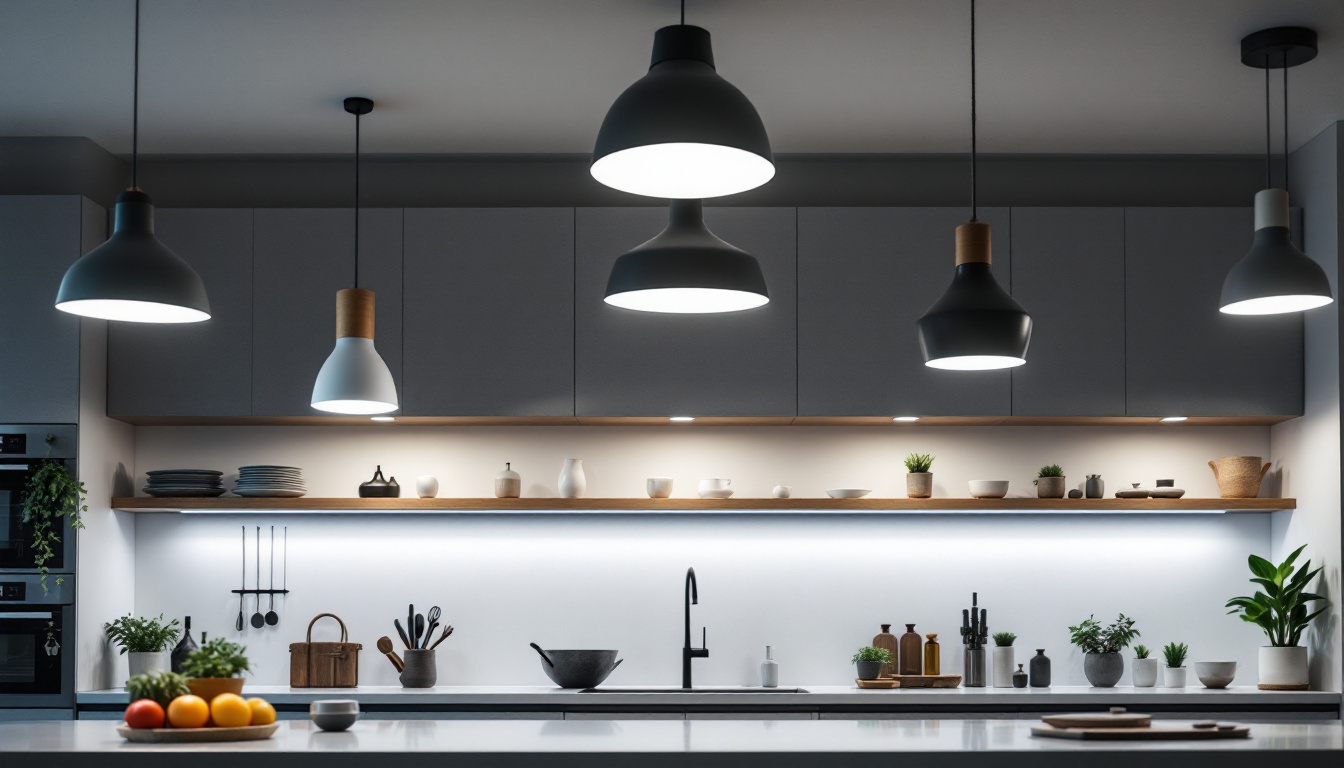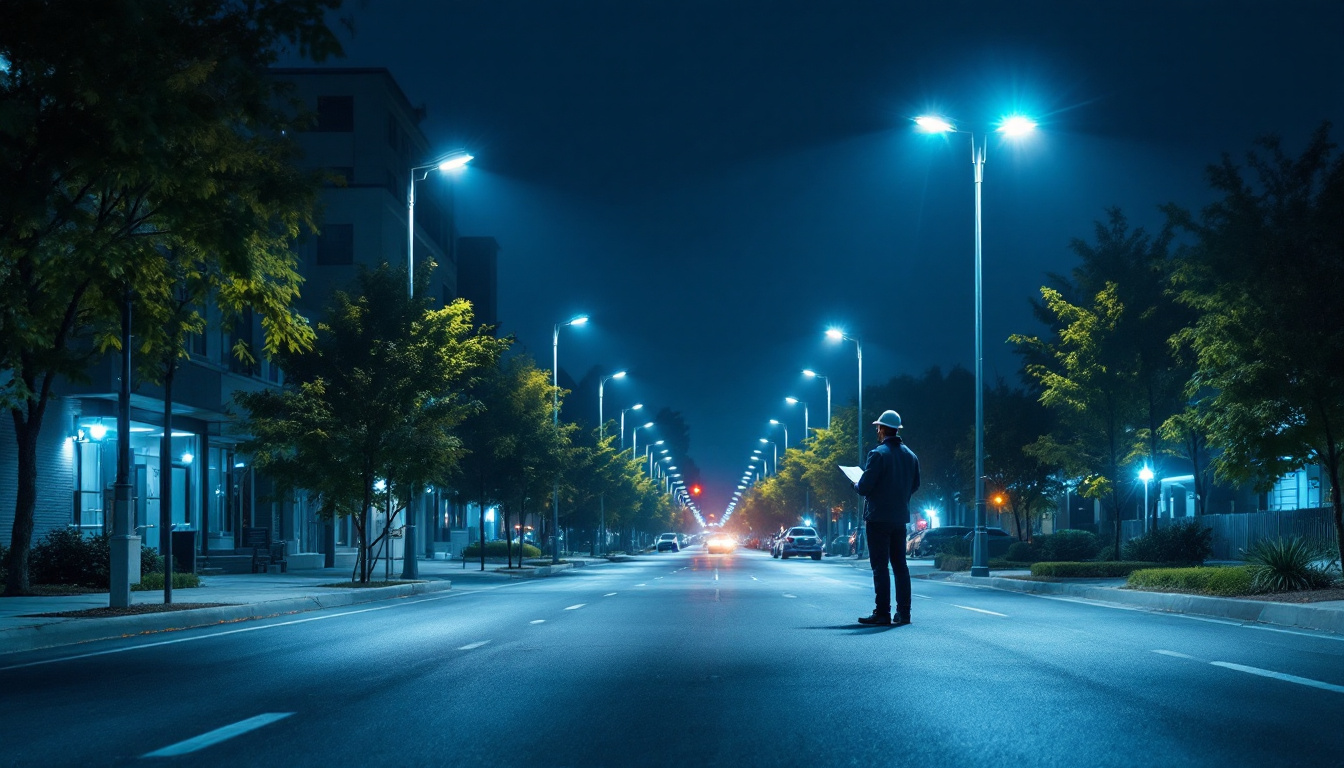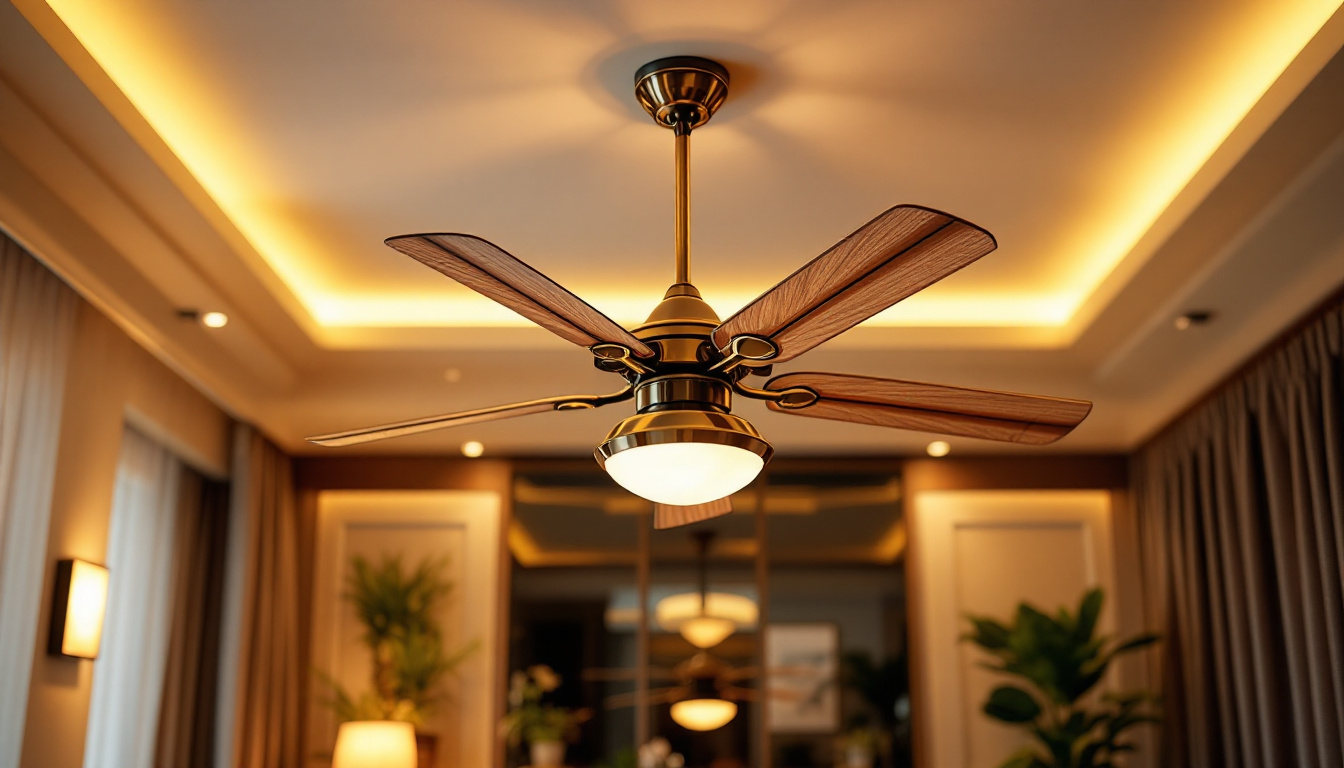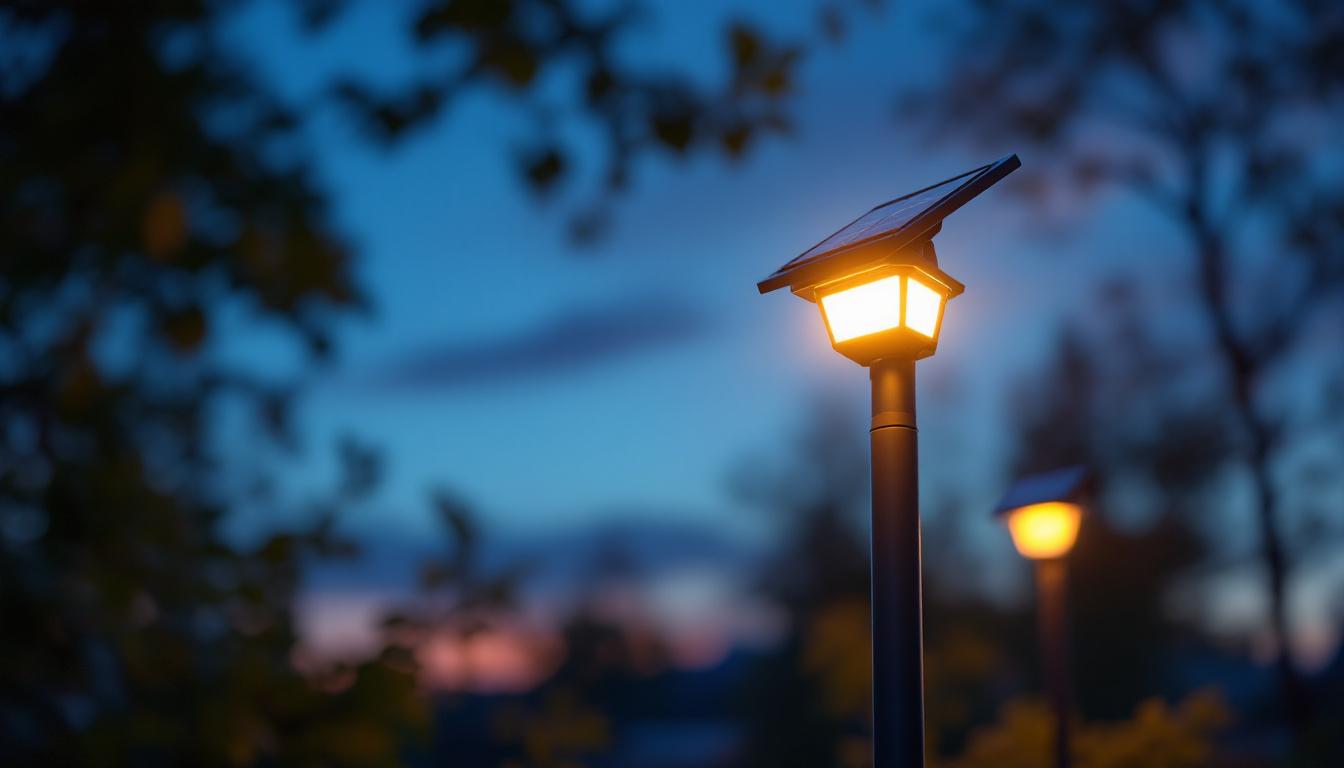
The lighting industry has undergone a remarkable transformation over the years, driven largely by advancements in technology and a growing awareness of energy efficiency. Among the most significant developments has been the rise of LED (Light Emitting Diode) technology, which has not only changed the way we illuminate our spaces but has also had a profound impact on the environment and our energy consumption patterns. This article explores the evolution of lighting, focusing on the transition from traditional lighting solutions to modern LED systems, and the implications for lighting contractors.
Before the advent of electric lighting, humanity relied on natural light and various forms of combustion to illuminate their surroundings. Candles, oil lamps, and gas lamps were the primary sources of light, each with its own limitations in terms of brightness, efficiency, and safety. These methods not only provided insufficient illumination but also posed significant fire hazards. For instance, the use of candles, which were made from tallow or beeswax, required careful handling and placement to avoid accidental fires, especially in homes filled with flammable materials. Additionally, oil lamps, while providing a steadier flame, often emitted smoke and soot, leading to poor indoor air quality and the need for frequent cleaning.
The introduction of the incandescent bulb marked a pivotal moment in the history of lighting. Invented in the late 19th century, the incandescent bulb quickly became the standard for residential and commercial lighting. Its warm glow and relatively simple design made it an instant favorite, despite its inefficiency in energy consumption. The widespread adoption of this technology transformed urban landscapes, allowing for extended hours of activity and significantly altering social behaviors. Streets became safer at night, and businesses could operate longer, contributing to the rise of nightlife and the modern economy.
As the demand for more efficient lighting solutions grew, fluorescent lighting emerged as a viable alternative. Offering greater energy efficiency and a longer lifespan than incandescent bulbs, fluorescent lights became popular in commercial settings, particularly in offices and retail spaces. However, they were not without their drawbacks, including flickering, color rendering issues, and the presence of hazardous materials like mercury. The flickering effect, often unnoticed by the naked eye, could lead to discomfort and fatigue over prolonged exposure, prompting further innovation in lighting technology.
In response to these challenges, advancements in fluorescent technology, such as the introduction of compact fluorescent lamps (CFLs) in the late 20th century, aimed to address both energy efficiency and user experience. CFLs offered a more compact design while maintaining the energy-saving benefits of traditional fluorescent tubes. However, their initial cost and the need for specific fixtures limited their immediate acceptance in some households. As environmental awareness grew, the push for sustainable lighting solutions led to the eventual rise of LED technology, which promised even greater efficiency and versatility, setting the stage for the next revolution in lighting.
LED technology revolutionized the lighting industry by providing an energy-efficient, durable, and versatile lighting solution. Unlike traditional bulbs, LEDs produce light through a process called electroluminescence, where electrons move through a semiconductor material, emitting photons in the process. This fundamental difference in how light is generated leads to numerous advantages over conventional lighting methods.
One of the most significant benefits of LEDs is their energy efficiency. LEDs consume significantly less power than incandescent and fluorescent bulbs, translating to lower electricity bills and reduced carbon footprints. Additionally, their long lifespan—often exceeding 25,000 hours—means less frequent replacements, further contributing to sustainability efforts. This longevity not only saves consumers money but also reduces the waste generated from discarded bulbs, making LEDs a more environmentally friendly option.
LEDs are incredibly versatile, making them suitable for a wide range of applications. From residential lighting to streetlights, automotive headlights, and even decorative fixtures, the adaptability of LED technology has opened new avenues for creativity in design and functionality. Lighting contractors can leverage this versatility to offer customized solutions tailored to the specific needs of their clients.
Moreover, the compact size of LED components allows for innovative designs that were not possible with traditional lighting. This has led to the development of sleek, modern fixtures that enhance the aesthetic appeal of spaces while providing effective illumination. In commercial settings, LEDs can be integrated into smart lighting systems, allowing for automated control and energy management. This capability not only optimizes energy use but also enhances user experience by providing customizable lighting scenarios that can adapt to various activities and moods.
Additionally, the color temperature of LEDs can be adjusted to create different atmospheres, from warm, inviting tones in a home setting to bright, cool whites in an office environment. This flexibility has made LEDs a popular choice for architects and interior designers looking to create dynamic spaces that can transform with the needs of their occupants. As technology continues to advance, we can expect even more innovative applications of LED lighting, further solidifying its role as a cornerstone of modern illumination.
The transition to LED technology has had a profound impact on energy consumption patterns across the globe. With the ability to produce the same amount of light as traditional bulbs while using a fraction of the energy, LEDs have become the go-to choice for environmentally conscious consumers and businesses alike. This shift not only reduces electricity costs but also contributes to a decrease in greenhouse gas emissions, aligning with global sustainability goals.
Lighting contractors play a crucial role in this transition by educating clients about the benefits of LED lighting and helping them make informed decisions. By promoting energy-efficient solutions, contractors can contribute to a more sustainable future while also enhancing their business prospects.
As the demand for energy-efficient lighting solutions has grown, so too have regulatory changes aimed at promoting LED technology. Many governments have implemented policies that encourage the adoption of energy-efficient lighting, including tax incentives, rebates, and stricter energy codes. These initiatives not only benefit consumers but also create opportunities for lighting contractors to expand their services and reach new markets.
Understanding these regulations and incentives is essential for contractors, as they can position themselves as knowledgeable experts in the field. By staying informed about local and national policies, contractors can better serve their clients and help them navigate the complexities of lighting upgrades.
While the benefits of LED lighting are clear, the initial costs associated with upgrading to LED systems can be a barrier for some clients. Many consumers may be hesitant to invest in new lighting solutions, particularly if they are accustomed to traditional bulbs. Lighting contractors must be prepared to address these concerns by highlighting the long-term savings associated with LED technology.
By providing detailed cost analyses that demonstrate the return on investment (ROI) of LED upgrades, contractors can help clients see the bigger picture. This includes not only energy savings but also reduced maintenance costs and improved lighting quality.
The rapid pace of technological advancements in the lighting industry presents both opportunities and challenges for contractors. As new LED products and systems are continually being developed, it is essential for contractors to stay informed about the latest trends and innovations. This knowledge enables them to offer the most effective solutions to their clients and maintain a competitive edge in the market.
Participating in industry conferences, training programs, and online resources can help contractors stay up to date with the latest developments. Additionally, building relationships with manufacturers can provide valuable insights into upcoming products and technologies.
The integration of smart technology into lighting systems is one of the most exciting developments in the industry. Smart lighting allows users to control their lighting remotely, adjust brightness levels, and even change colors through smartphone apps or voice commands. This level of control not only enhances convenience but also contributes to energy savings by allowing users to optimize their lighting based on real-time needs.
For lighting contractors, the rise of smart lighting systems presents an opportunity to offer clients cutting-edge solutions that enhance their spaces. By becoming proficient in smart lighting technologies, contractors can position themselves as leaders in the industry, catering to the growing demand for intelligent lighting solutions.
As environmental concerns continue to shape consumer preferences, the demand for sustainable lighting solutions will only grow. Lighting contractors must be prepared to adapt to this trend by offering products and services that align with sustainability goals. This includes promoting energy-efficient LED systems, utilizing eco-friendly materials, and implementing practices that minimize waste.
By embracing sustainability as a core value, contractors can not only meet client expectations but also contribute to a healthier planet. This commitment to environmental responsibility can enhance a contractor’s reputation and attract a broader client base.
The evolution of the lighting industry, particularly with the rise of LED technology, has transformed the way we illuminate our world. From the historical context of traditional lighting methods to the modern advancements in energy efficiency and smart technology, the journey has been marked by innovation and progress. For lighting contractors, understanding these changes and adapting to the evolving landscape is essential for success.
By embracing LED technology and its myriad benefits, contractors can offer their clients sustainable, energy-efficient solutions that enhance both functionality and aesthetics. As the industry continues to evolve, staying informed and adaptable will be key to thriving in this dynamic field. The future of lighting is bright, and those who are prepared to navigate its complexities will undoubtedly reap the rewards.
As the lighting industry continues to advance, LumenWholesale is here to ensure that lighting contractors have access to the best in LED technology. We provide spec-grade lighting products that meet the highest industry standards, all at unbeatable wholesale prices. Say goodbye to local distributor markups and hello to a vast selection of reliable, high-performance lighting solutions. Plus, with free shipping on bulk orders, you can get premium lighting at the best value — without hidden fees or compromises. Ready to enhance your lighting projects with quality, affordability, and convenience? Visit Wholesale Lighting at the Best Value and partner with LumenWholesale today.

Discover essential compliance guidelines and expert insights for lighting contractors in our comprehensive guide on kitchen ceiling light fixtures.

Discover how LED street lighting can be a game-changer for contractors looking to win more bids.

Discover the often-overlooked aspects of elegant ceiling fans that lighting contractors miss.

Discover essential tips and insights for lighting contractors on maximizing the efficiency and appeal of solar lamps with sensors.